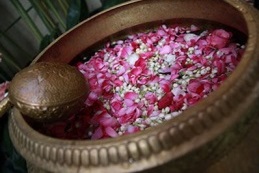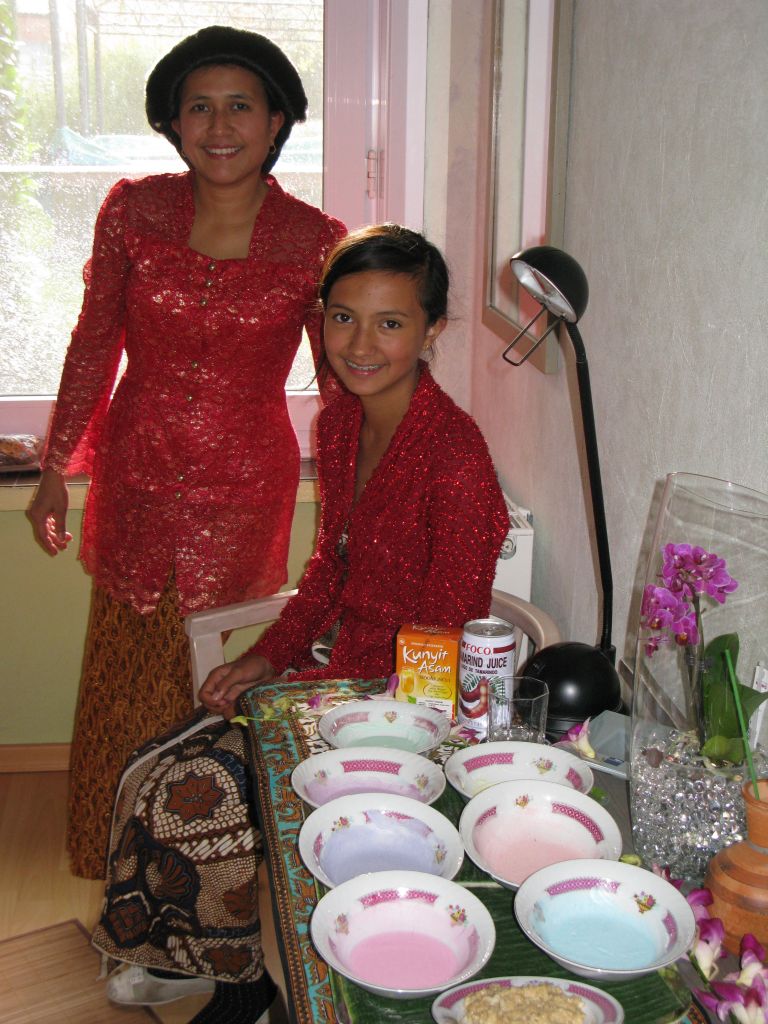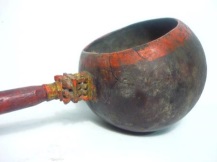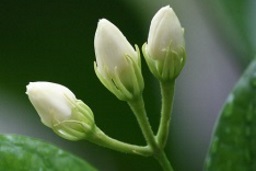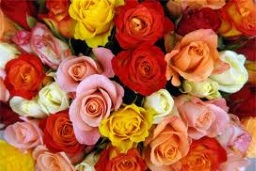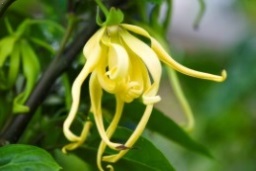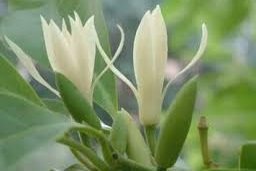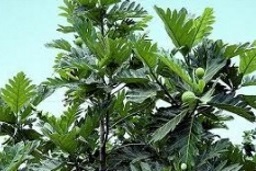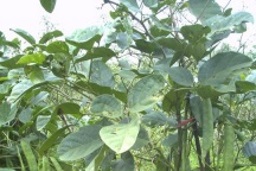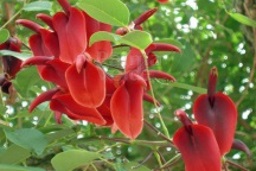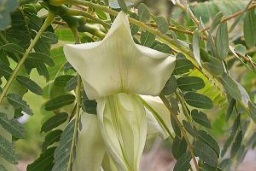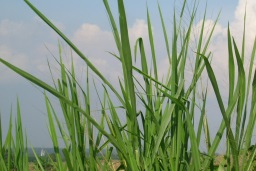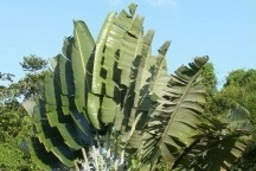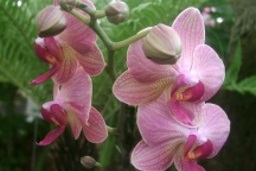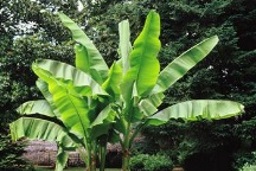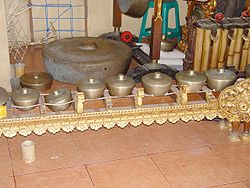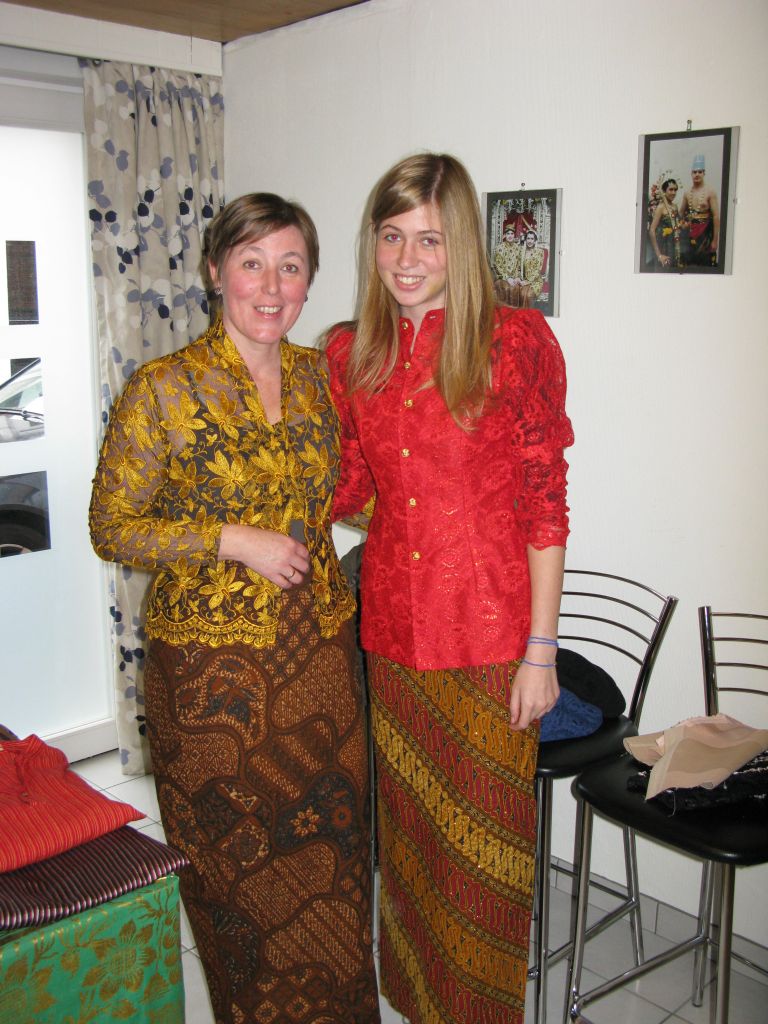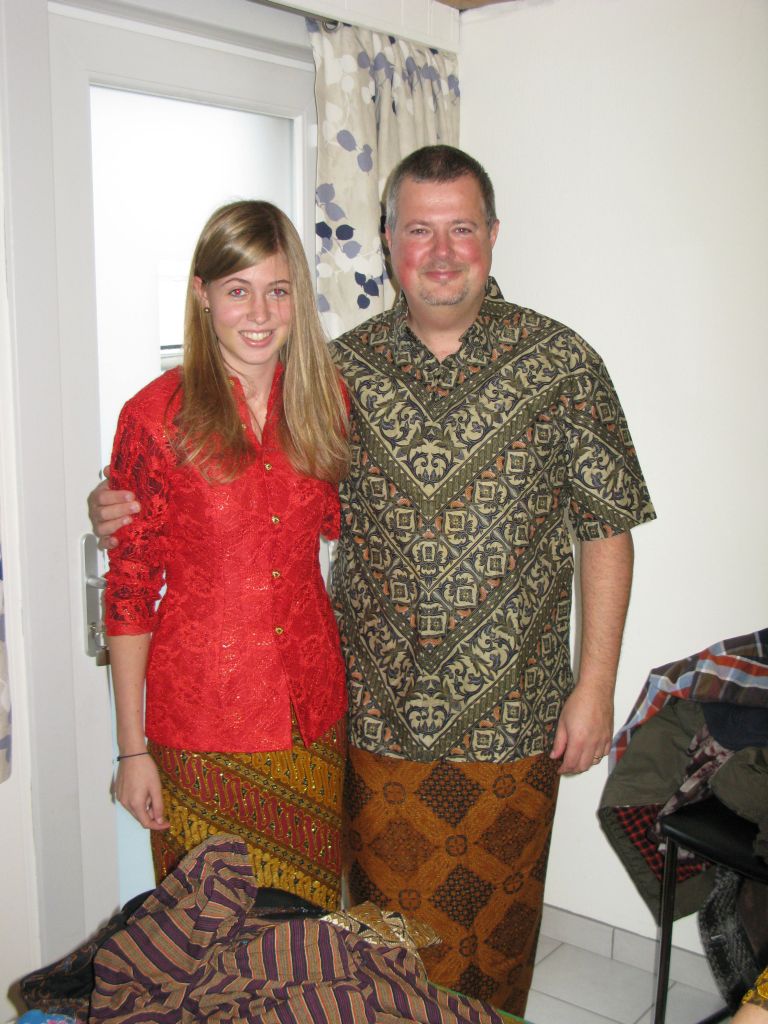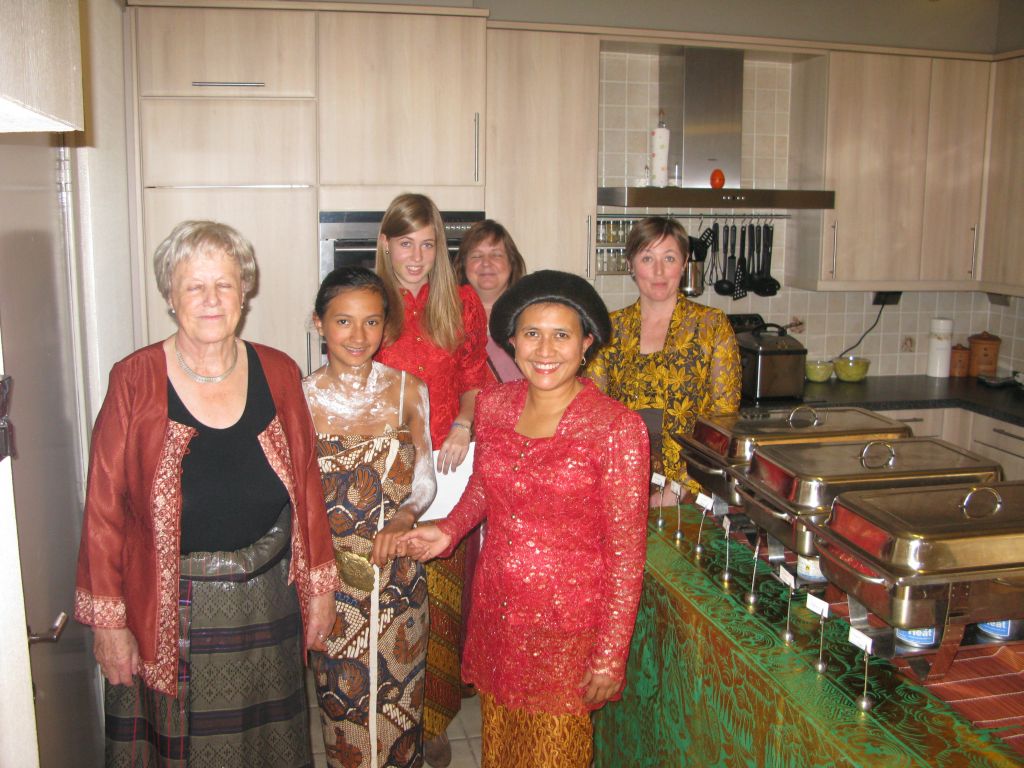Tarapan Preparation
Before the ceremony can be started, the place has to be decorated and all the necessities have to be set up. The room is festively decorated with flowers, plants, palm and banana leaves and batik cloths. The whole family is invited and dressed with traditional batik sarongs and kebayas.
The following objects are prepared
- Pottery pot (Klenting – kendi / Gentong Air): water + 7 types of flowers.
- Table with white cloth, and a chair decorated with white fabric + white pillow.
- Braided mat of palm leaves or bamboo (tikar).
- Red carpet.
- Rice flour in 7 colors (tepung beras): red, black, white, yellow, pink, blue, purple.
- Red: this color is the symbol for the female ovaries.
- White: this color is the symbol for the male seed.
- Red, black, white and yellow: all these colors together represent the human passion.
- pink: the mix of Red and White as described above.
- Blue: this color symbolizes the clouds.
- Purple: this color proclaims the perfect life.
- Rice pudding (bubur merah dan putih, Bubur sengkolo) for the offer.
- Rice pudding in 2 colors. It is used on special occasions such as ritual ceremonies and birthdays and is made with coconut milk. A part is white and salted; the other part is sweetened with palm sugar. The meaning of this is to have a good future, despite all the danger and misfortune.
- Scoop made of half a coconut (Gayung - Siwur)
A plastic scoop is used to shower in Indonesia. Water is scooped with the shovel and poured over the body. For this ceremony, a traditional scoop made of half a coconut is used. - Indonesian decoration: parasol, cloths, wayang dolls, candles.
Batik clots (kain)
The meaning of these clots is to ask for a prosperous generation. It provides protection against all obstacles in life.
The word Batik comes from the Javanese word amba = writing and titik = point. The cloth is first partially treated with a water-repellent wax. The treated parts remain white after dyeing. The wax is then removed again. Advanced batik consists of different color layers: the wax is each time applied on different spots to create different motifs.
Different motifs are used:
Grompol: symbol of happiness and health.
![]()
Letrek, Kain Kuning: to look beautiful.
![]()
Sindur: the dominant color is red (life) and white (sacred). These are the colors that represent life. It is a symbol of the unity
of mother and father.
![]()
Bangun Tulak: a classic old motif to protect against bad spirits. The color is blue and white.
![]()
Selendang Lurik: a symbol for protection against evil. A sign of the good, the noble, the safe.
![]()
Lurik Tuluh Watu, Pulo Watu: striped fabric in a black and white color.
![]()
Sembagi: a cloth with a floral motif.
![]()
Flowers put together
4 different flowers (kembang campur): jasmine (Melati), roses (Mawar), ylang (Kenanga), magnolia (Kantil).
- Jasmine: This flower is a symbol of remembrance and prudence, of purity, simplicity, elegance and sincerity, of liveliness, of simplicity and humility because this flower is small and simple but has a lovely fragrance.
- Roses: This flower is the symbol of love and passion. It gives the guests protection.
- Ylang: This flower is there to remember god. It is also an antidote to black magic and witchcraft.
- Magnolia: This flower symbolizes the connection with the ancestors, an obedience to the expectations of our ancestors.
Leaves put together
The leaves of a tree are a protector in nature under which everything can live safely. Leaves of 7 different types of trees are used: the bread tree: (kluwih), broad bean (koro), coral tree (dadap), Turi (apa-apa), grasses (alang-alang), palm tree (kelapa), banana tree (pisang)
- Bread tree: This tree has as a symbol the acquisition of more talents - it also has the meaning of abundance.
- Broad beans (Canavalia ensiformis): Kacang Koro Pedang: This plant is there at this ceremony to avoid all sorts of dangers.
- Coral tree: this tree gives freshness and avoids all kinds of obstacles.
- Turi (Sesbania grandiflora): This tree ensures that nothing harmful happens.
- Grasses: these plants are there to avoid any disturbances during the ceremony.
- Palm tree: this tree is there for decoration.
- Banana tree: this tree is there for decoration
- Plants: palm, banana, orchid: these plants are there for decoration.
Gamelan music
Gamelan is the name for the musical style, the musical instruments and the players group in Indonesia. A gamelan orchestra consists mainly of percussion instruments such as drums, kulintangs (a musical instrument that consists of small gongs lying horizontally next to each other and which produce different tones when being hit), gongs, xylophones and flutes. Especially on Java and Bali the gamelan is very popular. It is characteristic of Indonesian folk music.
The gamelan is considered one of the most highly developed musical forms in the world. The gamelan uses a micro tonal scale that differs from the usual equal temperament in the West and uses complex rhythmic structures. The orchestras often provide the musical accompaniment of dance and theater. The name gamelan is derived from gamel, an old Javanese word for handle or hammer. Most instruments of a gamelan orchestra are percussion instruments.
Look for example at: http://youtu.be/c1AiCTJ9t8g

